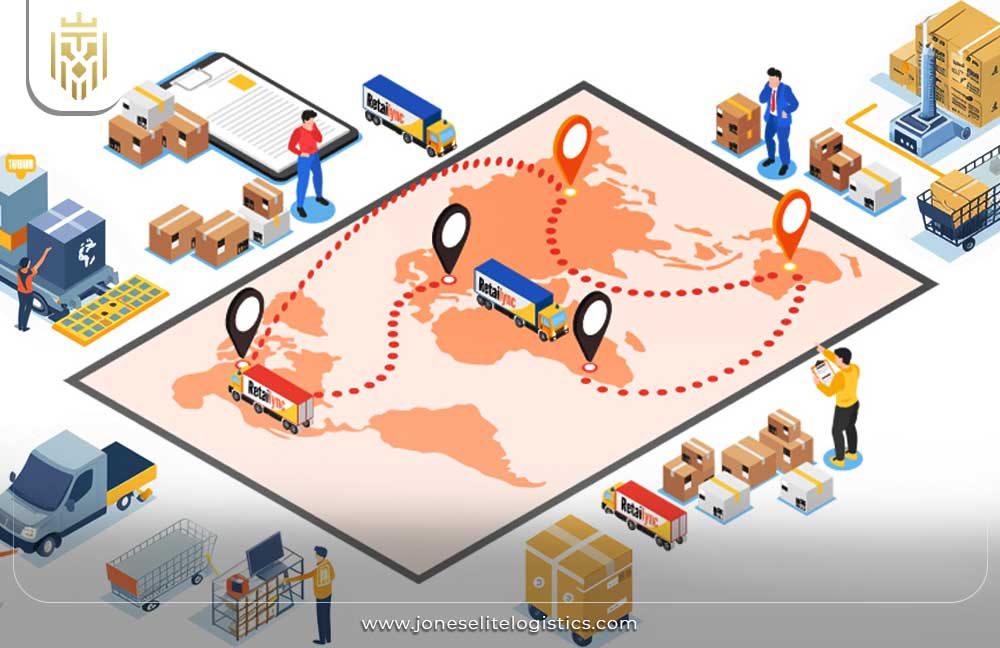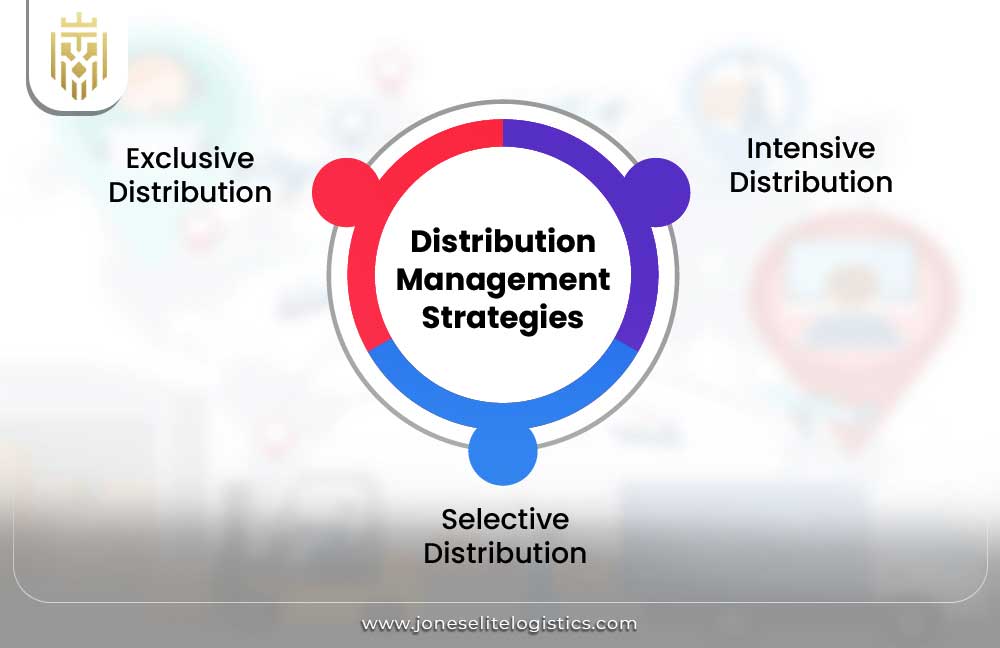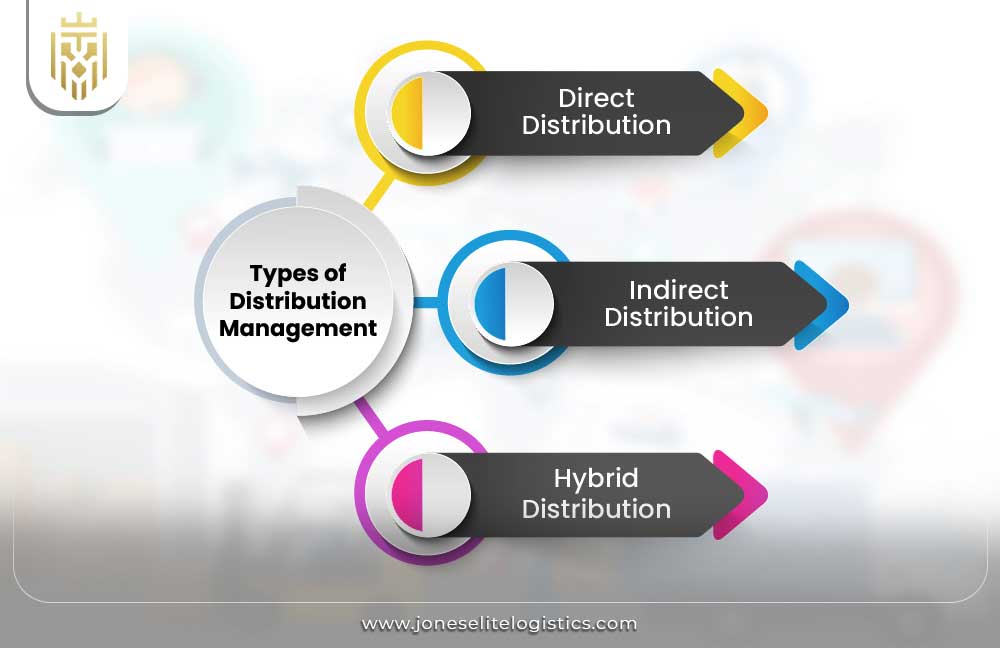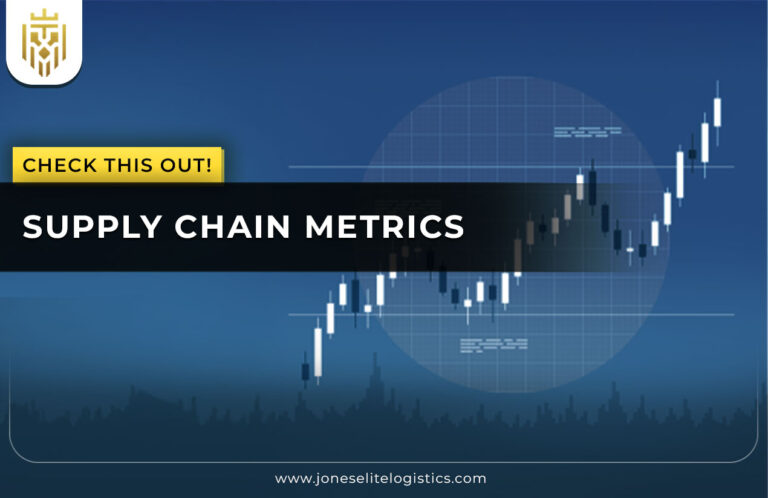What is Distribution Management?
Distribution management entails the strategic planning, implementation, and control of the movement of goods between the point of origin and that of the final consumer. It ensures that the product is moved efficiently and effectively from inventory into delivery; hence, it is an exercise undertaken to achieve operational excellence and, ultimately, greater customer satisfaction.
What is a distributor?
They are intermediaries who purchase products in bulk from manufacturers and sell them further to retailers or, at times, even directly to consumers. They provide logistical and sales intermediation services between producers and buyers and help manufacturers scale their operations and enter new markets.
Why is Distribution Management Important?

Distribution management, by all means, is critical in meeting customer expectations and optimising logistics costs. It directly affects the profitability and brand equity of an organisation through on-time and consistent delivery of the product.
Factors Influencing Distribution Management
Distribution strategies must consider several critical variables that affect the flow of goods and customer satisfaction. Each of these factors can determine whether your distribution model will be responsive, efficient, and adaptable to market changes.
Perishability
In the case of perishable goods – food stuff or pharmaceuticals – the distribution has to be quicker and more controlled to preserve its quality and minimise losses. Life and temperature control are factors to be considered.
Product Mix Forecasting
Product forecasting helps ascertain the right inventory level and the right mix of products at the channel level. Any forecasting errors could result in overstocks or missing out on sales.
Customer Buying Habits
In an ideal world, a clear outline of client wants and the way they make purchases would help create delivery methods and stocking strategies that are more compatible. They provide that insight for customisation to logistic solutions.
Demand Fluctuations
Seasonal peaks or sudden surges should also be accounted for in distribution planning to avoid any delays or stock-outs. If planned properly, it allows the system to be ready when promotional phases or market changes are of concern.
How do you choose distribution management?
Ease of integration and compatibility with legacy systems
This system would need to smoothly integrate with any current ERP, WMS, or logistics software to ensure information flow and smooth operations within the company. It is the implementation that should provide the least obstruction during a change.
Scalability and Adaptability
Upon scaling, the distribution system must provide channels for new areas and higher volumes without any friction. With flexibility, it is the longer-term ROI and competitive advantage for the system.
Data management and analytics
Real-time views into the inventory, demand, and performance are indispensable whenever a wiser decision is made to anticipate management. The best data combines with better forecasts and faster mitigation response.
Security
With security, they must react to and defend customer data, transaction information, and system integrity. With a logistics data breach, the whole supply chain might get compromised.
Distribution Management Strategies

These strategies determine how widely and selectively products are made available to consumers. The right approach depends on product type, target market, and brand positioning.
Intensive Distribution
This involves stocking in as many outlets as possible so that it can have maximum visibility and accessibility for fast-moving goods. Here, the emphasis is on convenience and reach.
Selective Distribution
Goods are distributed among a select few retailers, so there is a degree of market coverage and control from the brand’s perspective. This gives heavier weight to the equity of sales environments.
Exclusive Distribution
The products are sold by only one or very few intermediaries in a given region; such means are commonly used for luxury or highly selective brands. These help maintain both exclusivity and brand prestige.
Types of Distribution Management

Different models cater to varying business needs, each offering unique benefits and challenges. Choosing the right model depends on control, cost, and customer reach objectives.
Direct Distribution
The manufacturers are selling through in-house channels to in-house customers. The direct channels would generally include online stores or an outlet. This provides much more control and margins. This also allows for the manufacturer to interact directly with customers.
Indirect Distribution
The involvement of intermediaries like wholesalers or retailers in the selling and delivery of products relishes the side-changing of the manufacturing task. This allows a faster market entry without much investment.
Hybrid Distribution
In addition to direct and indirect marketing strategies to widen market reach, it would also allow the manufacturer to maintain some control over key customer segments. However, this option is more flexible, as it can be adjusted either by geography or product line.
4 Channels of Distribution

These channels represent the main pathways through which products move from manufacturers to end consumers. Choosing the right channel helps align logistics with customer preferences.
Wholesaler
Buys on a large scale from producers and resells to intermediate retailers, thus giving the companies the means for an accelerated disposal of inventory. Wholesalers help by absorbing the bulk orders and thus helping stabilise distribution.
Retailer
Sells products to the consumer, often giving some customer service, and is the last point of purchase. Retailers do impact consumer behaviour via in-store experience and promotions.
Distributor
The link between manufacturers and retailers who handle inventory, logistics, and sometimes even customer service. Distributors are much more important for market coverage and for relationships.
E-commerce
Offers direct sales over the Internet to the consumer. It is convenient and reaches everywhere with fewer costs of distribution. It further offers real-time updates on availability and therefore faster delivery windows.
Advantages of Distribution Management
A well-executed distribution system leads to improved service quality and cost savings across the supply chain. It also strengthens business resilience and competitive edge.
Enhanced Market Penetration
The product being available faster and wider helps brands get into new markets and build customer bases efficiently. An increase in brand visibility and beauty is a plus.
Faster Delivery Times
On-time and shorter transit lead to faster delivery of orders and satisfaction of customers. It offers an opportunity to competitively differentiate oneself in today’s retail.
Reduced Warehousing Costs
Smooth stock flows combined with just-in-time policies help to keep very large storage minima and time expenditures. A leaner and cheaper process is what follows from it.
Flexibility and Responsiveness
A responsive distribution channel can react to market demand, disruption, and change. It allows an immediate business pivot while maintaining continuity throughout the pressure.
FAQs
1.What is distribution management?
It is the planning and coordination of all logistics activities so that the goods reach the end user in a cost-effective and timely manner. It includes warehousing, transportation, and inventory control.
2.What is the objective of distribution management?
Its main objective is to deliver goods to the right place, at the right time, and in the right condition while posing minimal costs and with utmost efficiency. It also ensures high service levels and brand consistency.
3. What are the factors that influence distribution management?
Some major factors affecting distribution management include perishability, forecast of demand, customer buying behaviour, and changes in the market. These factors all ultimately affect the level of speed, accuracy, and quality as to how a product gets delivered to the customer.
4. Why is distribution important in business?
Good distribution ensures that products are made available, builds customer satisfaction, reduces cost, and aids in the scaling of the business.









